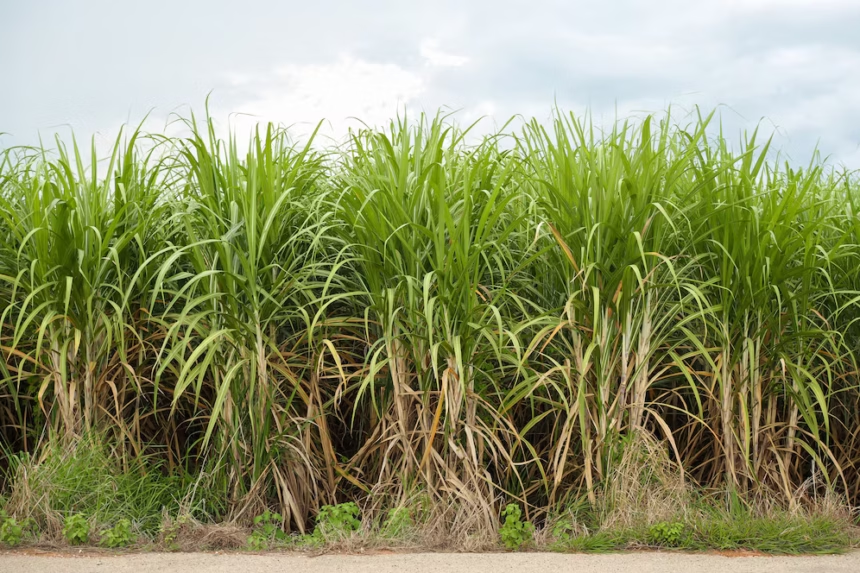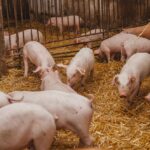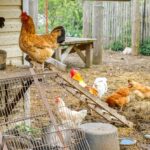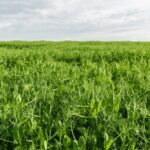Ratoon cropping is an agricultural practice where the regrowth of a previously harvested crop is cultivated for another yield. This method is commonly used in sugarcane, rice, sorghum, and some millets, allowing farmers to save on planting costs and time. However, maintaining high yields in ratoon crops requires proper management. Here are key strategies to improve ratoon crop yields:
1. Proper Stubble Management After harvesting the main crop, the remaining stubble should be managed carefully to promote healthy regrowth. Cut at an appropriate height to encourage uniform shoots and avoid deep cutting, which can damage the buds responsible for ratooning.
2. Timely Irrigation Water stress can significantly affect ratoon growth. Ensure adequate and timely irrigation, especially after harvest, to stimulate shoot development. Efficient water management techniques such as drip irrigation can enhance water use efficiency and improve crop productivity.
3. Balanced Fertilization Ratoon crops require sufficient nutrients to support regrowth. A balanced application of nitrogen, phosphorus, and potassium is essential. Nitrogen should be applied in split doses to sustain growth, while phosphorus and potassium help in root and shoot development. Organic matter, such as compost or manure, can also improve soil fertility.
4. Effective Weed Control Weeds compete with ratoon crops for nutrients, water, and light. Implement timely weeding through mechanical means or use selective herbicides to keep the field weed-free and enhance crop vigor.
5. Pest and Disease Management Ratoon crops are more susceptible to pest infestations and diseases due to the continuous cropping system. Regular monitoring and integrated pest management (IPM) strategies, such as biological control and resistant varieties, can help minimize losses.
6. Growth Regulators and Stimulants Applying growth stimulants like gibberellic acid or biofertilizers can boost ratoon crop yields by enhancing tillering and plant vigor. These treatments help improve overall crop health and productivity.
7. Timely Harvesting Timely harvesting of the main crop and subsequent ratoon crops ensures better yield potential. Delayed harvesting can affect the quality of regrowth and reduce overall productivity.
8. Soil Health Maintenance Long-term ratoon cropping can deplete soil nutrients. Periodic soil testing helps determine nutrient requirements and pH balance, ensuring the soil remains fertile for continuous production.
By implementing these best practices, farmers can enhance ratoon crop yields, reduce production costs, and maximize profitability. Proper management ensures sustainable farming while optimizing the benefits of ratoon cropping.
Join 'Farmers Mag' WhatsApp Channel
Get the latest Farming news and tips delivered straight to your WhatsApp
CLICK HERE TO JOIN






